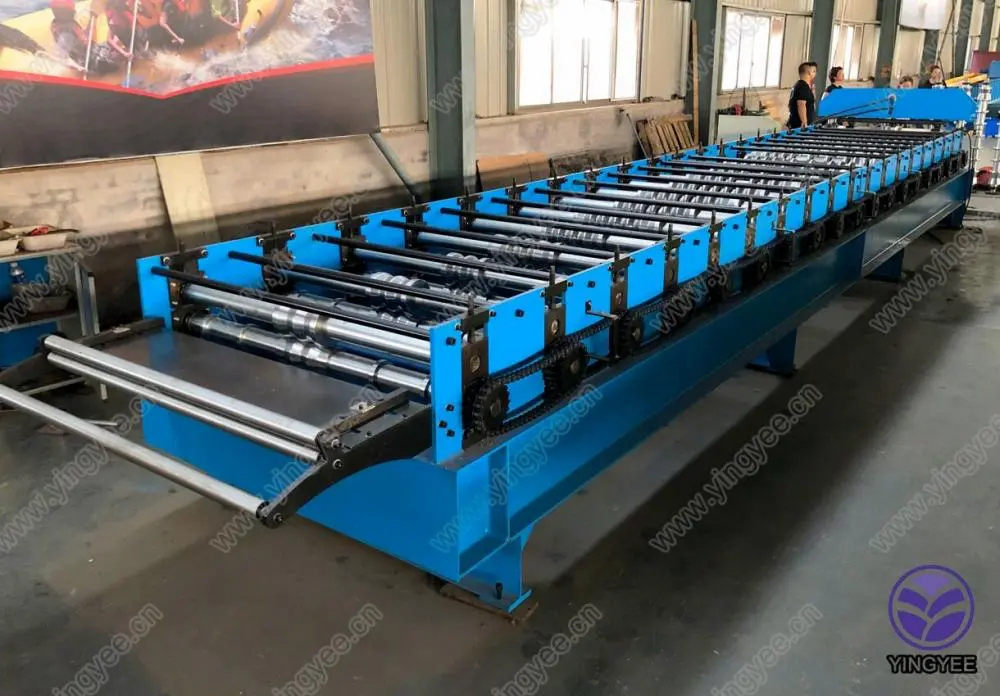
Solar Strut Profile Roll Forming Line Enabling Sustainable Energy Solutions
In an era where sustainability and renewable energy are at the forefront of global discussions, the solar industry is witnessing a remarkable growth trajectory. Central to this growth is the manufacturing process of solar structures, which includes solar strut profiles. A solar strut profile roll forming line is a critical component in producing these essential structures that support solar panels and harness solar energy effectively.
What is a Solar Strut Profile?
Solar struts are structural components made from advanced materials, typically steel or aluminum, that serve as support mechanisms for solar panels. These profiles are designed to withstand environmental factors such as wind, snow, and seismic activity, ensuring that solar installations remain stable and secure over time. The design and quality of these struts directly affect the overall performance and longevity of solar energy systems, making the manufacturing process crucial.
The Role of Roll Forming
Roll forming is a manufacturing process that involves continuously feeding a strip of material through a series of roller dies to form it into specific configurations. This method is particularly well-suited for producing uniform and streamlined profiles like solar struts. The key advantages of roll forming include high production efficiency, material wastage reduction, and the ability to create complex shapes with consistent quality.
Components of a Solar Strut Profile Roll Forming Line
A complete roll forming line for solar strut profiles consists of several integral components
1. Uncoiler This device holds and unwinds the material coil, feeding it into the roll forming machine. It ensures a smooth and continuous supply of raw material for production.
2. Roll Forming Machine The heart of the line, this machine consists of a series of rollers that progressively shape the material into the desired solar strut profile. The precision of the rollers ensures consistent product dimensions.

4. Stacker After cutting, the finished profiles are collected and stacked in an orderly manner, ready for packaging and shipping.
5. Control System A modern roll forming line is equipped with advanced control systems that monitor and optimize the production process, ensuring high efficiency and quality control.
Advantages of Using a Roll Forming Line for Solar Strut Production
1. Cost Efficiency The roll forming process uses materials efficiently, reducing scrap and lowering production costs. High-speed production capabilities also contribute to overall cost savings.
2. Customization Manufacturers can easily adjust the roll forming line to produce various profile shapes and sizes, catering to diverse solar installation needs.
3. Durability and Strength Roll-formed profiles exhibit excellent structural integrity, offering greater strength and durability than other manufacturing processes, which is crucial for enduring harsh environmental conditions.
4. Scalability As global demand for solar energy solutions grows, roll forming lines can scale operations quickly to meet production demands without significant downtime.
Conclusion
The solar strut profile roll forming line plays a pivotal role in the renewable energy sector, providing essential components that support solar panel installations. As the world transitions toward more sustainable energy sources, the efficiency, customization, and reliability of roll forming technology will continue to enhance the production of solar structures. By investing in advanced roll forming lines, manufacturers contribute not only to the profitability of their operations but also to the broader goal of reducing carbon footprints and promoting clean energy solutions globally.